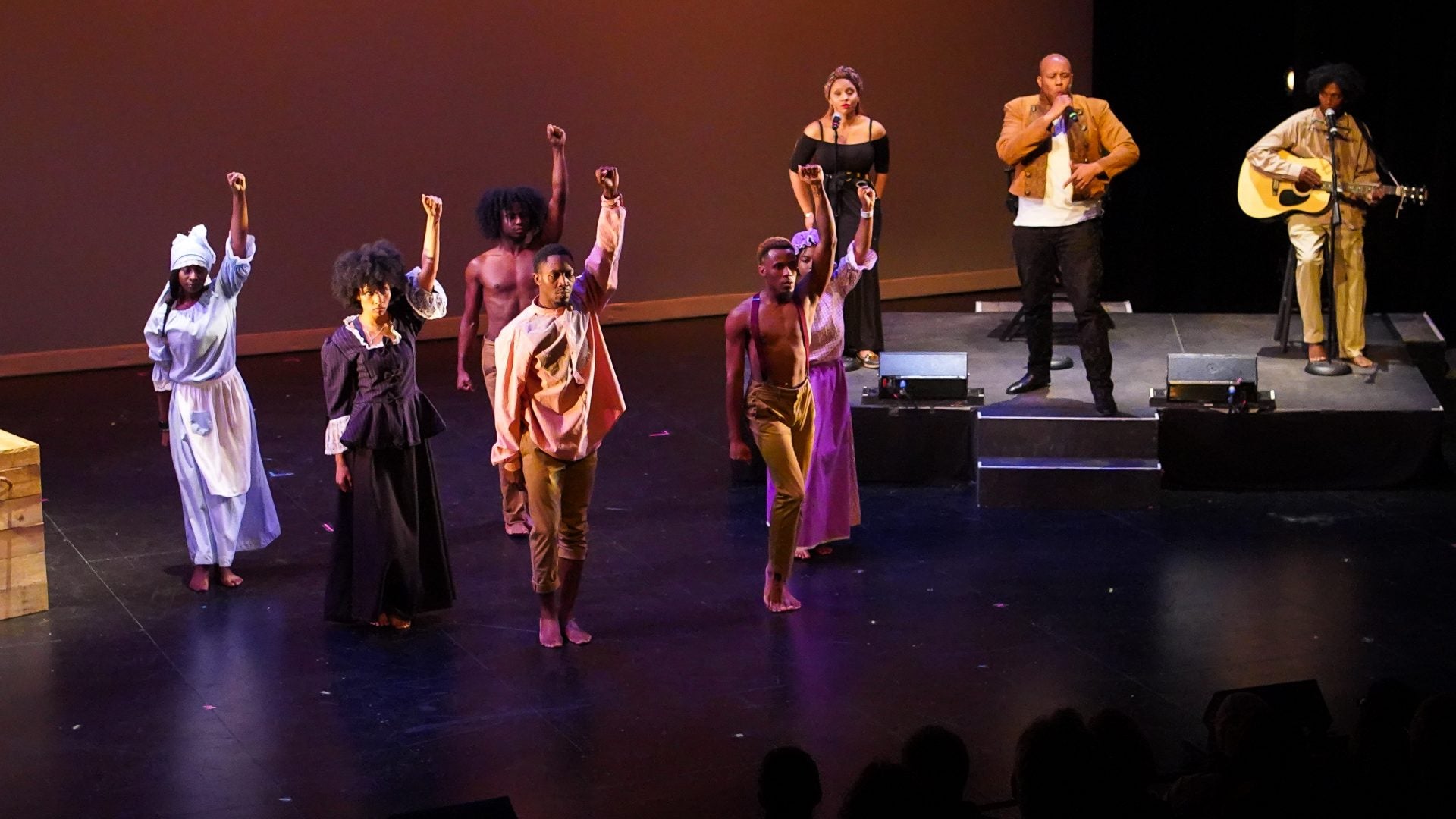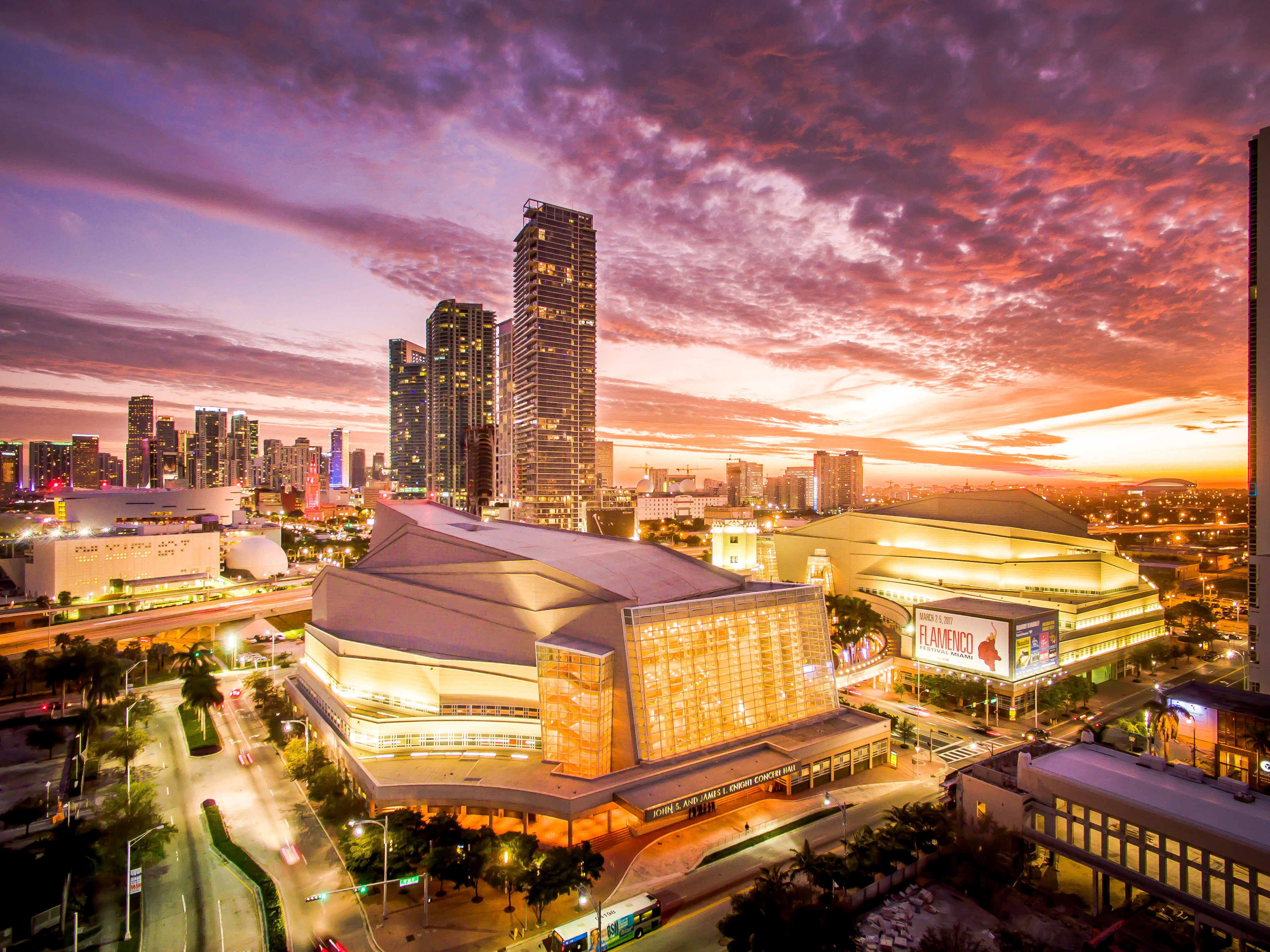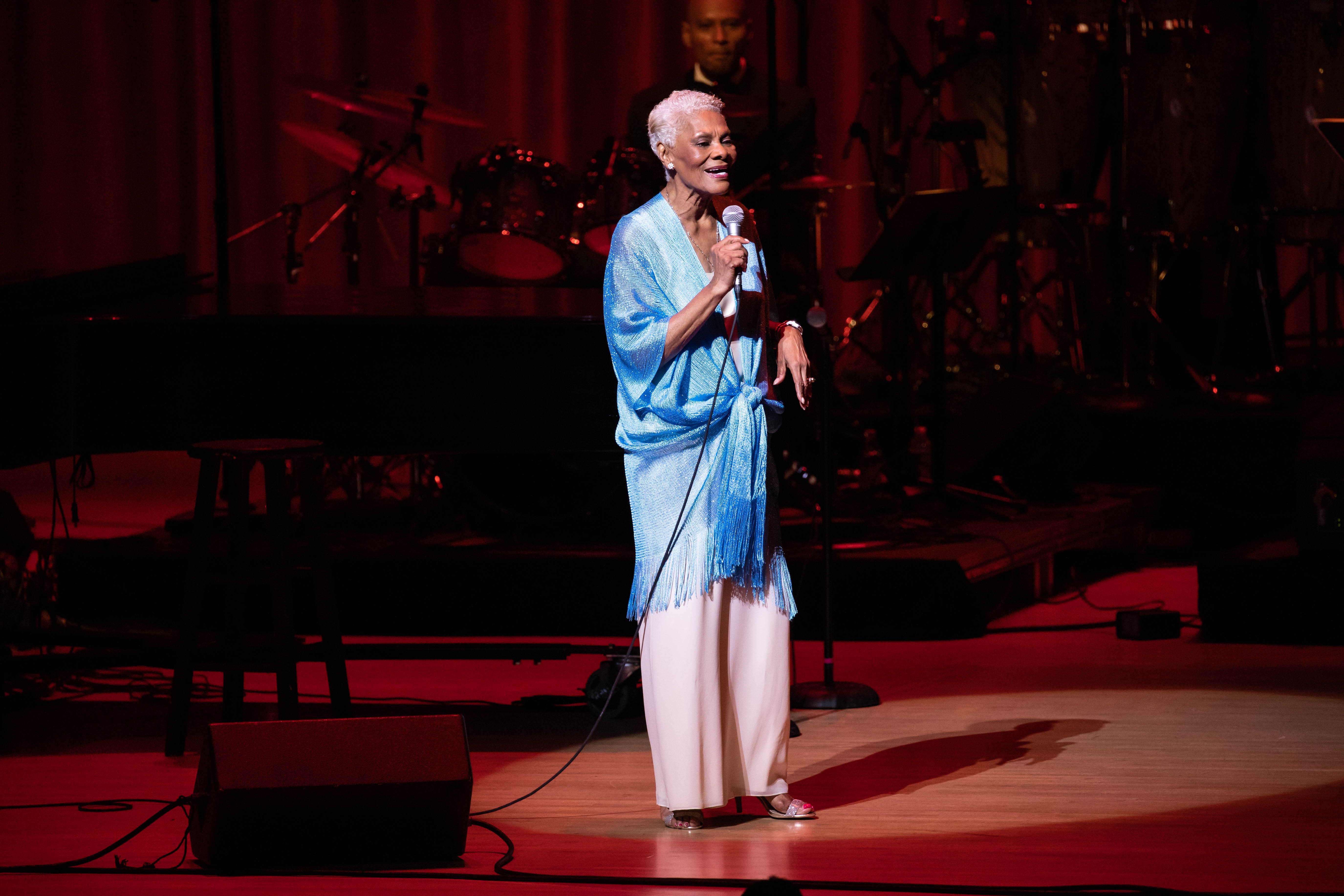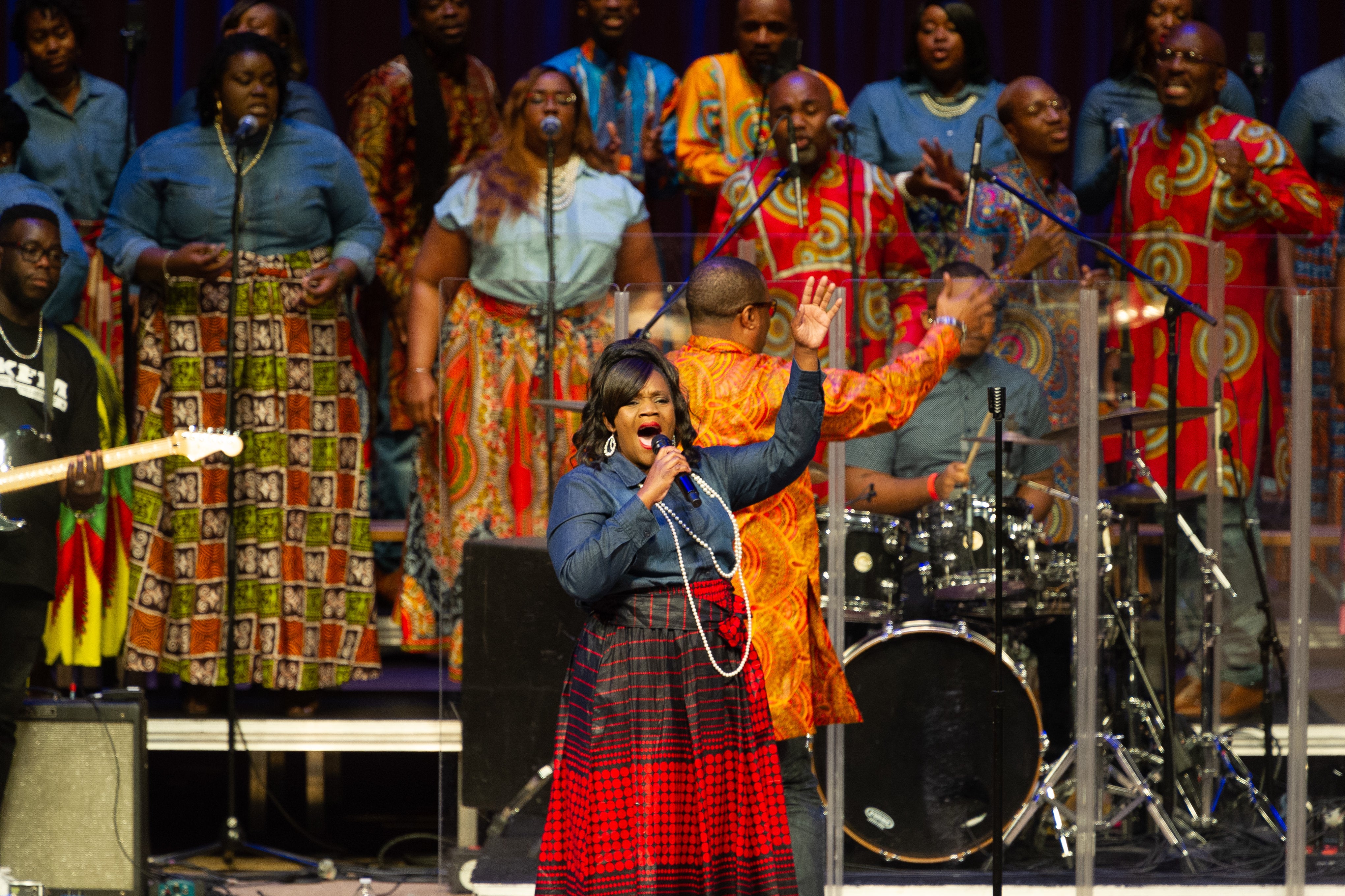
The City Girls may have put Miami back on the map, but it’s long been regarded as a hotbed for the arts that fit all creative passions and interests.
In fact, Miami’s cultural life has grown enormously over the past decade.
And while we may know it for its perfect weather, non-stop party scene, and beautiful beaches, few other destinations offer as many possibilities for arts and cultural exploration as Miami — and we have the Arsht Center to partially thank for it.
This year marks the beginning of the Adrienne Arsht Center for the Performing Arts of Miami-Dade County’s 14th season, and it is one of the largest performing arts centers anywhere. But how exactly has it become a hub for arts and culture?

“Miami has seen a cultural transformation,” says Suzette Espinosa, VP of Communications of the Adrienne Arsht Center. “When Art Basel started in Miami, Arsht Center was under construction. It’s those two things that have contributed to the cultural transformation of this city.”
“With Art Basel we saw an influx of global visitors coming to the city for the visual arts. It never quite happened in that way,” she shares. “Similarly with the Arsht Center opening, Miami had its first and only major performing arts center. People call it at the time, “the Lincoln Center of the South.” We had the opportunity to bring the major artists of the world to Miami — some for the very first time. Certainly the kind of state of the art stage and theater that they deserve and they’re used to performing all over the country and the world. The Tony Bennets, and major performers that perform in these types of centers.”

Espinosa continued, “From that, the dream of Miami was realized.”
With its uniquely diverse mix of cultures and constantly evolving array of neighborhoods, there is good reason to skip the beach and explore other parts of this extremely diverse metropolitan city. But just like every other major city in the country, Miami has undergone a tremendous amount of gentrification, both for the good and the bad. For instance, the area of the Arsht Center was once uninhabited and would be vacated after 5 o’clock. If you walk around now, Espinosa describes it as a “life” that is present now in downtown Miami that didn’t exist before the Arsht Center was built.
However, please don’t be mistaken that the Arsht Center should be the only place you stop on your Miami cultural immersion tour. If you’re looking to find some other Black and brown folks — head to Little Haiti and discover the Little Haiti Cultural Complex. If you want to enjoy some good jazz and soul music, visit Miami Gardens during its annual Jazz In The Gardens Music Festival. If it’s fine or contemporary art you seek journey to the Design District, home to the Institute of Contemporary Art Miami as well as many iconic outdoor art installations, such as Buckminster Fuller’s Fly’s Eye Dome.
And while this season of the Arsht Center will bring patrons many marquee names as they inhabit the city to perform at this major center, the Arsht programming also includes shows for the entire community that are not only free, but also easily accessible.

The Center programs 12 signature series, including the largest jazz series in South Florida, the biggest flamenco festival on the East Coast, and a robust program of new theatrical works as well as free programming for the community and an arts education program that serves nearly 30,000 children each year. The fall 2019/spring 2020 season will also see performances such as Hamilton, the Donna Summer Musical, Fiddler on the Roof, Miss Saigon and more.